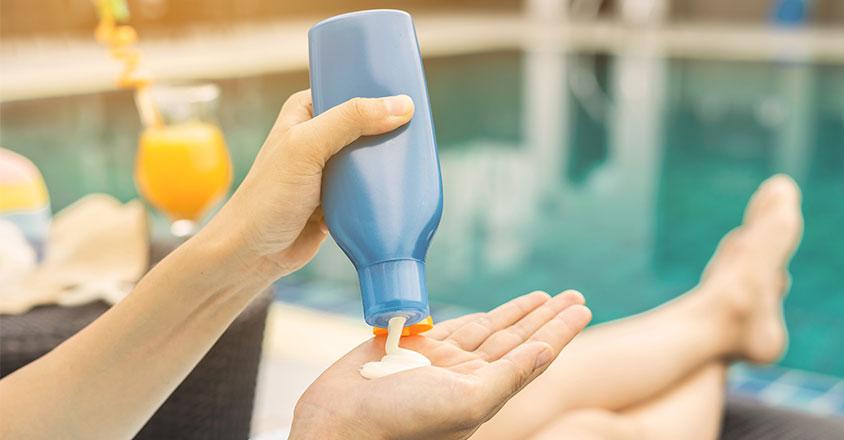Fish tacos with strawberry-mango salsa
Cod fish is high in vitamin B3, B6 and B12 and omega 3 fatty acids, which may help to lower inflammation and your risk of heart disease.
Ingredients
Makes 4 two-taco servings
1 pound boneless, skinless cod fillets
1 tablespoon fresh lime juice
½ teaspoon chili powder
¼ teaspoon ground cumin
¼ teaspoon hot smoked paprika
¾ teaspoon salt, divided
½ teaspoon pepper, divided
1 tablespoon vegetable oil, divided
1 small onion, chopped
1 medium red bell pepper, cored, seeded and chopped
8 corn tortillas (5-inch)
Directions
Strawberry-Mango Salsa recipe
1 cup sliced strawberries
1 cup diced ripe mango (1 small mango)
1 tablespoon minced fresh cilantro
2 teaspoons fresh lime juice
1 small green onion, minced (green part only)
1 small jalapeno chili, cored, seeded and minced
2 teaspoons honey
Combine strawberries, mango, cilantro, lime juice, green onion, chili and honey. Stir well and set aside while making tacos.
Cod Tacos recipe
Place cod on a plate. Brush one side of cod with lime juice. Combine chili powder, cumin, Place cod on a plate. Brush one side of cod with lime juice.
Combine chili powder, cumin, paprika, ½ teaspoon salt and ¼ teaspoon pepper in a small cup. Rub onto cod, on lime juice side. Set aside 10 minutes while preparing vegetables.
Heat 1½ teaspoons oil in large skillet over medium heat. Add onion and bell pepper; add remaining ¼ teaspoon salt and ¼ teaspoon pepper. Cook 7 to 10 minutes, or until vegetables are tender, stirring frequently. Remove vegetables from skillet, set aside and keep warm.
Place remaining 1½ teaspoons oil in skillet; heat over medium-high heat until sizzling. Pour off any accumulated liquid and place cod, seasoned side up, in a single layer in the skillet. Cook 3 minutes. Gently turn over and cook 4 to 6 minutes or until fish is firm and lightly browned. Remove from skillet. Flake with a fork.
While fish is cooking, wrap tortillas in a damp paper towel. Microwave for 20 to 30 seconds or until warm and tender.
To serve, arrange fish chunks on tortillas. Top tortillas with a heaping tablespoon of onion and bell pepper; fold and serve. Serve salsa on side.
Note: If desired, grill cod instead.
Nutritional Information
Per serving
Calories 285
Fat 4.5 g
Cholesterol 60 mg
Sodium 530 mg
Carbohydrates 35.5 g
Fiber 5.3 g
Protein 23 g
Download the recipe
Love the recipe? Download the Cod Tacos with Strawberry Mango Salsa Recipe (PDF).
Genesis HealthCare System’s Health and Wellness content conveniently provides accurate and helpful information. Your health history and current health may impact suggestions provided through our Health and Wellness content. Although we hope this information is helpful, it is not a substitute for your doctor's medical advice. Before making any significant changes, please consult your doctor.

Cod fish is high in vitamin B3, B6 and B12 and omega 3 fatty acids, which may help to lower inflammation and your risk of heart disease.












